The content of the article
Sesame or sesame is an herbaceous pancake plant that belongs to the category of annuals. Its fruits are small seeds of different shades: from deep black to chocolate. There is no snow-white sesame - white sunflower seeds, which are usual for us, are grains, peeled from the husk.
Sesame is one of the most popular oriental spices, having a unique sweetish taste. Because of this, it has been widely used in cooking: sesame goes well with red meat and vegetables, they are sprinkled with fresh bread, unsweetened buns. A large number of components also allows the use of seeds for therapeutic and prophylactic purposes.
Black and white sesame: what's the difference?
There are two main types of sesame available for sale: white and black. They are distinguished not only color, but also taste and healthy properties.
Black sesame, unlike white, is not peeled, which contains a huge amount of vitamins and nutritional components. Therefore, it is much more useful than white. It mainly grows in Southeast Asia, Japan and China. Black sesame produces high-quality oil with a rich taste and aroma. At the same time, it does not take all the attention to itself, but only emphasizes other ingredients in the dish. Therefore, it is most often used for filling side dishes, for sauces and marinades. In the East, it is black sesame that is used for medical purposes, since all the main components that can improve a person’s condition are located in the outer shell of the seed.
White sesame also contains unique oils, has a pleasant neutral taste with a subtle nutty flavor. This is a purified seed that, in 90% of cases, acts in cooking as an external decoration for desserts, sushi or side dishes. The main importing countries of purified sesame are El Salvador and Mexico.
Calorie sesame
Almost all seeds of plants have a high energy value, since they are dominated by fats. This is especially true for flax and sunflower seeds - in them the percentage of fat can exceed 50-60% per 100 grams. Sesame is also considered to be a high-calorie product - 280-300 kcal per 50 grams, and the fat content reaches 55%.
In addition to the high concentration of fats, it is dominated by saturated and polyunsaturated fatty acids, which are responsible for the nutrition and repair of cells. A unique feature of sesame is the presence of a unique substance Sesamin, which is considered a natural antioxidant. It prevents early aging of the skin, fights free radicals, which are the root cause of oxidative stress.
How to choose and properly store sesame
As for the rules of storage, then black sesame is more unpretentious in this matter. It is stored longer, even if it remains in the packaging of the manufacturer.But it is better to pour it into a glass or enameled bowl with a lid. Sesame does not like moisture and sun.
In white (purified) seed, the shelf life usually does not exceed several months, because it quickly loses its natural taste and begins to taste bitter. To prevent this, store it in the refrigerator. In this case, it will not lose its taste and benefits within six months.
Important point: these recommendations do not concern sesame oil. It is perfectly preserved over the years, even at high temperatures and likely sunshine.
Useful properties of sesame
- The composition of sesame is thiamine, necessary for the normalization of metabolic processes in the body and the proper functioning of the nervous system.
- Beta-sitosterol, present in sesame, is responsible for lowering cholesterol. It prevents the blockage of blood vessels and is useful for the prevention of many diseases.
- The composition of this unique seed includes amino acids, which are the building blocks for organs and systems.
- Rich in sesame and vitamin E, which contributes to the youth of the skin. It is an indispensable vitamin that is responsible for maintaining the optimal functioning of the body.It normalizes the work of the female and male reproductive system, affects the endocrine and nervous system. Being a powerful antioxidant, it protects cells from destruction by free radicals.
- Sesame is an excellent tool for the prevention of osteoporosis. He has a record concentration of calcium - in 100 grams of the product contains 750-1150 mg of mineral. For comparison: in 100 grams of cottage cheese - only 125 mg of calcium. It is needed by the body of pregnant women, children, elderly people, since it is the main building material, it participates in the processes of restoring the structure of bones, hair, teeth. For pregnant women, its daily dosage should not exceed 30 grams.
- Black sesame is enriched with phosphorus, iodine, magnesium, iron and other minerals that take part in the blood-forming and immunobiological processes.
- Phytoestrogen contained in sesame, especially useful for women after 50 years. It is considered a natural alternative to female hormones, and therefore indispensable when menopause occurs.
- One of the advantages of sesame is a high concentration of vitamins A, C, B. Retinol is involved in the regulation of protein synthesis, which is necessary for the normal growth of new cells.Without it, the normal functioning of the immune system is impossible. B vitamins improve the skin and intestinal function, strengthen the immune system and increase the body's resistance to viral and bacterial infections.
Sesame contraindications
Despite the enormous benefits that sesame can bring to health, its use can be potentially dangerous. Since one of its properties is to improve blood coagulability, it is worth refusing people with thrombosis.
Sesame is also banned for people diagnosed with sand and kidney stones, as it can trigger their movement.
Features of the use of sesame
To extract the maximum benefit from the product, you need to eat it correctly. Regardless of the variety, you only need to buy live sesame, which has not been specially treated. Check it out is simple - live grains can grow. For this, it is not necessary to use professional germination equipment. Put a slightly damp gauze folded in several layers on an ordinary dish. Pour 1 tablespoon of sesame on top of it and cover it with the same slightly damp gauze.For a few days, put a plate of sesame in a dark place that does not get the sun's rays (in a kitchen cupboard or oven). If within 2-3 days the first seedlings start showing up from the seeds, it means that it is a natural, safe to eat sesame.
Sesame seeds are best absorbed in a slightly heated and soaked state. Roasted seeds already lose any useful properties, and would rather simply enhance the taste of the dish, rather than fill the vitamin or mineral deficiency of the body.
Sesame need to chew slowly and try without needing not to expose it to a strong heat treatment. Based on these considerations, nutritionists and recommend pre-soaking the seeds in water - so it will be much easier to survive. For these purposes, you do not need to take too much liquid - for 1 full teaspoon of sesame, take 100 ml of water.
The optimal amount of sesame for an adult is up to 3 teaspoons per day. Do not consume the product in the morning and on an empty stomach. This can trigger nausea and excessive thirst.
Sesame is an excellent dressing for salads and meat, it is used to decorate a muffin and added to the dough.In the eastern cuisine it can be found as part of special desserts, for example, kozinaki or halva.
Unique features of sesame oil
Incredibly beneficial to the body and is an oil derived from sesame seeds. It is used for medical purposes, cosmetology and as an alternative to traditional edible oils. It has been clinically proven to be effective in removing toxins and laxatives. It moisturizes the intestinal mucosa, improving indirectly and its peristalsis.
Sesame-based oil is a fading skin care product available to any woman. It perfectly copes with fine wrinkles, returns the tone, moisturizes and nourishes the epithelium. Unique substances in its composition relieve redness and even out the complexion.
Hairdressers recommend sesame oil for the regeneration of dry roots and hair tips. To do this, quite a small amount (up to 2 teaspoons) to systematically rub into the scalp. Of course, from him, like from any other oil, there will be the effect of dirty hair. To get rid of it, you need to choose the optimal amount of it and after the procedures, wash the hair with shampoo.
Many manufacturers use organic sesame oil for the enrichment of tanning products, as it is not resistant to the penetration of ultraviolet rays.
Sesame is a widespread product that will be a good addition to any dish. They can sprinkle boiled rice, meat and salads - it will enrich their taste. Due to its nutritional value, sesame can be a major ingredient in vegetarian cuisine.
If you want to get maximum nutrients with food, forgetting about synthetic vitamins, then adding sesame to your diet is an excellent solution. Eat it daily, carefully savoring and chewing every grain.
Video: The Use of Sesame

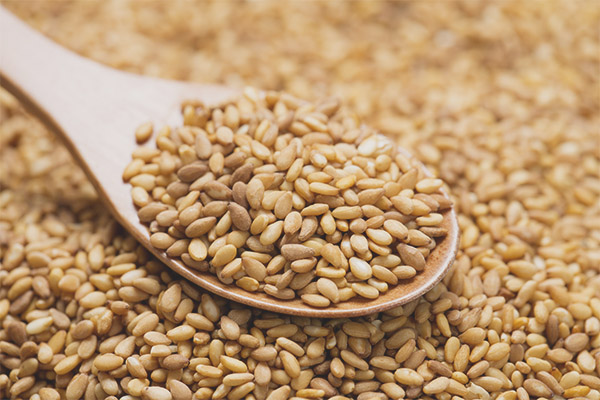
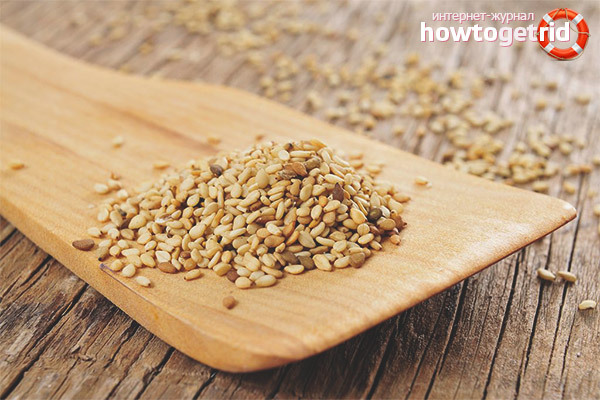
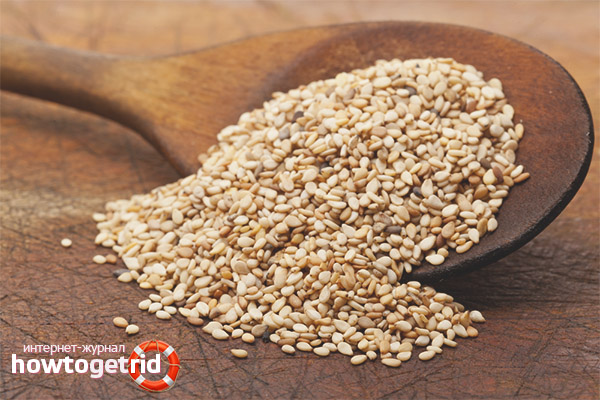


 3 votes, on average: 3,67 out of 5
3 votes, on average: 3,67 out of 5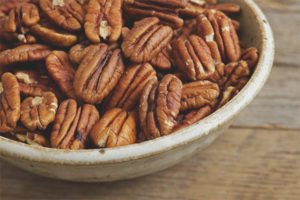
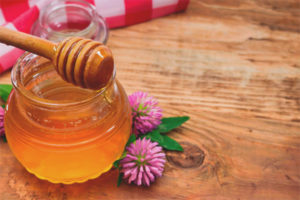

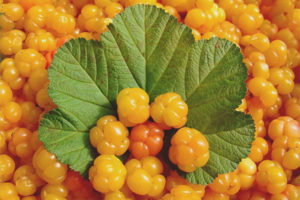
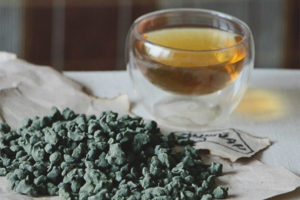
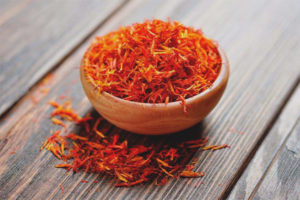

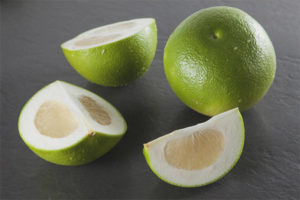
To send